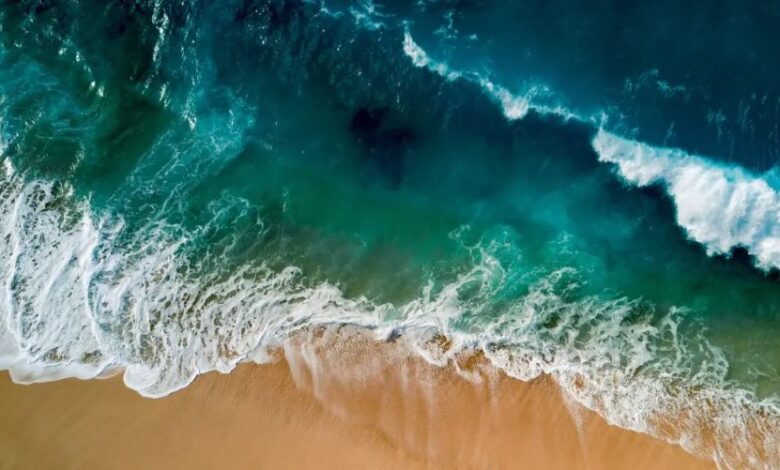Water, bacteria, CO2: warming oceans damage climate
Nature publishes study on the impact of warming oceans on the carbon cycle
The oceans are one of the most valuable carbon wells in the world. It is the expanses of salt water that capture and retain about 1/3 of the carbon dioxide emitted by humans every year into the atmosphere. However, this role of carbon sink creaks under the weight of global warming. Warming Oceans means ecosystems that are less capable of storing CO2. Why? The effect of the thermal increase on the metabolism of bacteria that are in the seabed. Why are oceans warming?
Climate change affects very, very quickly, changes in the ability of the oceans to retain carbon dioxide. “What we’re finding is that burial of organic carbon is very active,” said study co-author Mark Torres of Rice. “It changes a lot, and it responds to the Earth’s climatic system much more than scientists previously thought.”
Read also Ocean warming travels twice as fast as 60 years ago
This is stated by a monumental study published this week in Nature. A team of researchers from Rice University, Texas A&M University, University of Leeds and University of Bremen have joined forces to analyze the results of 81 oceanographic missions that have collected samples from the seabed over the past 50 years. Result? They got a very detailed map of the carbon cycle pattern in the oceans over the last 30 million years.
“If our new records turn out to be right, then they’re going to change a lot of our understanding about the organic carbon cycle”, said the paper’s corresponding author, Texas A&M oceanographer Yige Zhang. Warming oceans will make it “more difficult for organic carbon to find its way to being buried in the marine sedimentary system”.
The “if” depends on the approach followed, which reverses the traditional one. Scientists usually calculate the ocean carbon cycle by a top down method, calculating the difference between two carbon isotopes absorbed by plants. The study published in Nature instead is the first to attempt the bottom up road, reconstructing a global map from the real data of the carbon present in the sediments.






